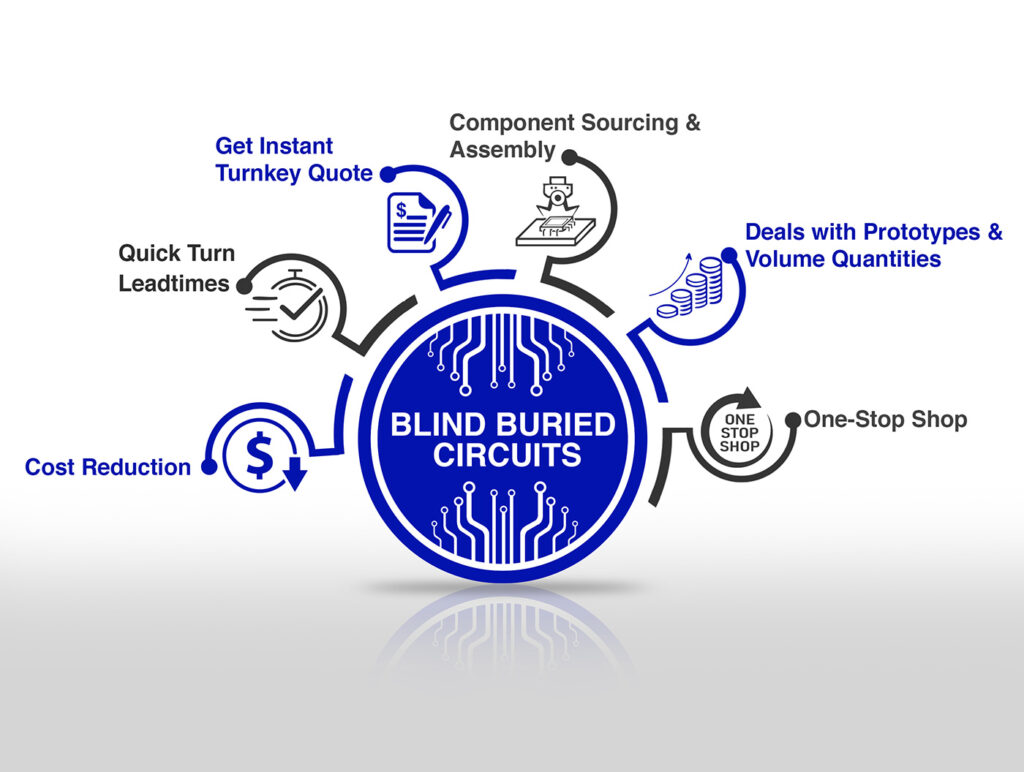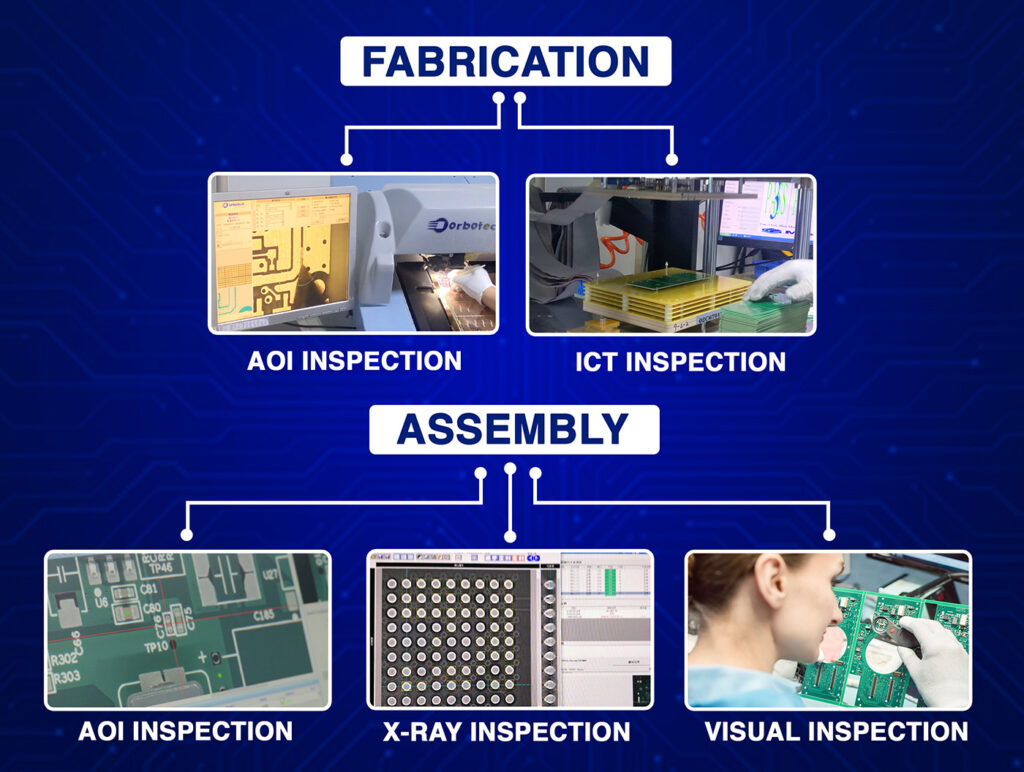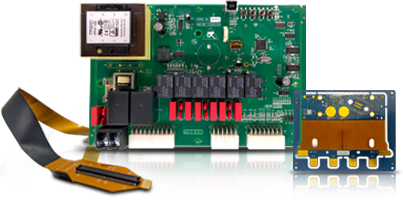In the military world, electronics must be tough. Whether it’s a radar system, communication device, drone, or missile control unit, every military circuit board must perform perfectly, even under extreme stress. Unlike regular electronics, military systems face high heat, cold, shock, and vibration. One small failure could risk an entire mission or, worse, lives. That’s why military-printed circuit boards follow strict rules during design, assembly, and testing.
If you’re planning to design or build military PCBs, this guide will walk you through the key standards, materials, and manufacturing steps that help ensure top reliability and safety.
Why Standards Matter in Military PCBs?
Military applications are not forgiving. These devices must:
- Work without fail in combat conditions
- Survive extreme temperatures and moisture.
- Resist shock, vibration, and corrosion.
- Deliver accurate and secure signals every time.
This is why working with the right PCB manufacturing company, one that understands and follows military standards, is crucial.
Military electronics often need compliance with specific standards like:
- IPC Class 3 (for high-performance electronics)
- MIL-PRF-31032 (for performance specs in military PCBs)
- MIL-STD-202, 275, or 105 (for environmental and inspection tests)
Let’s break these down.
1. IPC Class 3: For High-Performance Boards
IPC sets global quality standards for PCB design and assembly. Class 3 is the highest quality level required for military circuit boards, medical devices, and aerospace.
A PCB manufacturing company following IPC Class 3 ensures:
- Stronger solder joints
- Tighter tolerances on copper thickness, spacing, and hole size
- Longer life under heavy load
- Lower failure rates
This level of detail matters when your product must work for years in the field.
2. MIL-PRF-31032: The Gold Standard for Military PCBs
This military specification outlines how PCBs must be made and tested for U.S. defense use. It includes everything from materials to traceability.
Manufacturers that meet this standard go through audits, training, and testing to ensure their military PCB assembly is dependable.
If you’re working with PCB manufacturers for military applications, always ask if they’re certified under MIL-PRF-31032. If they’re not, look elsewhere.
3. MIL-STD-202, 275, and 105
These standards cover testing methods. They include vibration, humidity, insulation resistance, and solderability. Boards must survive extreme temperatures, shock loads, and even salt fog, especially for ships and submarines.
These tests make sure your military-printed circuit boards will keep working in harsh conditions. No shortcuts are allowed.
4. Choosing the Right Military PCB Manufacturer
Not every boardhouse is built for military jobs. You’ll need a Military PCB Manufacturer with the right tools, certifications, and experience.
Here’s what to look for:
- Cleanroom assembly environments
- Conformal coating options (for moisture and dust protection)
- Automated optical inspection (AOI)
- X-ray for hidden solder joint testing
- Burn-in testing (running boards under stress for hours or days)
- Full traceability of materials and parts
Tip: Choose a U.S.-based* pcb assembly usa** provider for tighter supply chains and better compliance with military regulations.*
5. Material Choices That Matter
The material used in a military circuit board plays a massive role in reliability. Military boards face high heat and physical stress, so materials must be strong, stable, and consistent.
Common materials include:
- High-Tg FR4: Good for heat and mechanical strength
- Polyimide: Ideal for high-temperature zones, like jet engines
- PTFE (Teflon): Used for high-frequency radar and communication systems
- Rogers laminates: Great for low signal loss in advanced systems.
A good PCB board assembly manufacturing partner will help you choose based on your mission needs.
6. Design and Layout Best Practices
Even with the best materials, a bad design can ruin everything. When laying out military PCBs, you need to:
- Keep power and ground planes solid and clean.
- Route high-speed signals with care to avoid signal loss
- Use wide trace spacing for higher voltage needs.
- Add thermal reliefs to manage heat.
- Design with redundancy in mind (so if one part fails, the board still works)
These are small details, but they add up to significant gains in performance and reliability.
7. Assembly That Meets Military Demands
After design, the next step is military PCB assembly. At this stage, parts are placed and soldered onto the board. This must be done with great care.
Here’s what to expect from quality PCB manufacturers for military applications:
- Hand and machine soldering: Done by certified operators
- AOI and X-ray checks: To catch hidden defects
- Cleaning: Boards must be free of flux and dust
- Moisture protection: Like conformal coatings or potting
Every board should go through testing before it reaches the field.
8. Testing and Validation
Military PCBs go through tougher testing than standard boards. Your PCB manufacturing company should offer the following:
- Burn-in tests: Run the board at full power to check for early failures
- Vibration and shock tests: Simulate transport and battlefield conditions
- Thermal cycling: Heat and cool the board repeatedly to test stability
- Electrical testing: Check for shorts, opens, and performance issues
Testing is not optional. It’s part of what makes military PCBs trusted for critical missions.
9. Traceability and Documentation
In the military world, every part must be traceable, from copper foil to a capacitor. This ensures quality control and accountability.
The best PCB board assembly manufacturing partners will:
- Track lot numbers, part origins, and test results
- Keep detailed build records for every board.
- Provide complete reports on material and test results.
These steps protect you from supply chain risks and make future servicing easier.
10. Working With a Trusted PCB Assembly USA Partner
For military projects, it’s safer to work with a PCB assembly usa provider. U.S. suppliers are more likely to meet Department of Defense standards and help you with export control (like ITAR compliance).
You’ll also benefit from:
- Faster communication and fewer shipping delays
- Stronger legal protection for intellectual property
- Better control over production quality
This is especially important when working with classified systems or next-gen technology.
Final Thoughts
Building electronics for the military is no small job. It takes the right people, the right materials, and the proper standards. Your boards must last in rough environments, resist failure, and perform at the highest level. That’s why working with a trusted Military PCB Manufacturer is key to success. Follow the standards. Choose your materials carefully. Work with a team that knows how to deliver. And test everything, because in the military, there’s no room for mistakes. Would you like a military PCB compliance checklist or a list of ITAR-certified board manufacturers in the USA?





